B727:
The Boeing 727 is an American narrow-body airliner that was developed and produced by Boeing Commercial Airplanes. After the heavier 707 quad-jet was introduced in 1958, Boeing addressed the demand for shorter flight lengths from smaller airports. On December 5, 1960, the 727 was launched with 40 orders each from United Airlines and Eastern Air Lines. The first 727-100 rolled out on November 27, 1962, first flew on February 9, 1963, and entered service with Eastern on February 1, 1964.
The only trijet aircraft to be produced by Boeing, the 727 is powered by three Pratt & Whitney JT8D low-bypass turbofans below a T-tail, one on each side of the rear fuselage and a center one fed through an S-duct below the tail. It shares its six-abreast upper fuselage cross-section and cockpit with the 707 that was also later used on the 737. The 133-foot-long (41 m) 727-100 typically carries 106 passengers in two classes over 2,250 nautical miles [nmi] (4,170 km; 2,590 mi), or 129 in a single class. Launched in 1965, the stretched 727-200 flew in July 1967 and entered service with Northeast Airlines that December. The 20 ft (6.1 m) longer variant typically carries 134 passengers in two classes over 2,550 nmi (4,720 km; 2,930 mi), or 155 in a single class. A freighter and a "Quick Change" convertible version were also offered.
The 727 was used for domestic flights and on international flights within its range. Airport noise regulations have led to hush kit installations. Its last commercial passenger flight was in January 2019. It was succeeded by the 757 and larger variants of the 737. There have been 353 incidents involving the Boeing 727.[4] Production ended in September 1984 with 1,832 having been built. The 727 was an industry workhorse for many years, often fondly referred to as "the DC-3 of the Jet Age."
Pan Am:
Pan American World Airways, originally founded as Pan American Airways[2] and more commonly known as Pan Am, was an airline that was the principal and largest international air carrier and unofficial overseas flag carrier of the United States for much of the 20th century. It was the first airline to fly worldwide and pioneered innovations in the modern airline industry, such as jumbo jets and computerized reservation systems.[3][4] Until its dissolution on December 4, 1991, Pan Am "epitomized the luxury and glamour of intercontinental travel",[5] and it remains a cultural icon of the 20th century, identified by its blue globe logo ("The Blue Meatball"),[6] the use of the word "Clipper" in its aircraft names and call signs, and the white uniform caps of its pilots.
Founded in 1927 by two U.S. Army Air Corps majors, Pan Am began as a scheduled airmail and passenger service flying between Key West, Florida, and Havana, Cuba. In the 1930s, under the leadership of American entrepreneur Juan Trippe, the airline purchased a fleet of flying boats and focused its route network on Central and South America, gradually adding transatlantic and transpacific destinations.[7] By the mid-20th century, Pan Am enjoyed a near monopoly on international routes.[8] It led the aircraft industry into the Jet Age by acquiring new jetliners such as the Boeing 707 and Boeing 747. Pan Am's modern fleet allowed it to fly larger numbers of passengers, at a longer range, and with fewer stops than rivals.[9] Its primary hub and flagship terminal was the Worldport at John F. Kennedy International Airport in New York City.[4]
During its peak between the late 1950s and early 1970s, Pan Am had a advanced fleet, highly trained staff, and amenities.[3] In 1970, it flew 11 million passengers to 86 countries, with destinations in every continent except Antarctica. In an era dominated by flag carriers that were wholly or majority-owned by governments, Pan Am became the unofficial national carrier of the United States. It was a founding member of the International Air Transport Association (IATA), the global airline industry association.[10]
Beginning in the mid-1970s, Pan Am began facing a series of challenges both internal and external, along with rising competition from the deregulation of the airline industry in 1978. After several attempts at financial restructuring and rebranding throughout the 1980s, Pan Am gradually sold off its assets before declaring bankruptcy in 1991. By the time it ceased operations, the airline's trademark was the second most recognized worldwide,[3] and its loss was felt among travelers and many Americans as signifying the end of the golden age of air travel.[11] Its brand, iconography, and contributions to the industry remain well known in the 21st century.[3] The airline's name and imagery were purchased in 1998 by railroad holding company Guilford Transportation Industries, which changed its name to Pan Am Systems and adopted Pan Am's logo.
Credit:
Plane:
GalacticaAsia
Specifications
General Characteristics
- Predecessor B727-200
- Created On Windows
- Wingspan 107.9ft (32.9m)
- Length 206.2ft (62.9m)
- Height 42.5ft (13.0m)
- Empty Weight N/A
- Loaded Weight 101,111lbs (45,863kg)
Performance
- Power/Weight Ratio 0.344
- Wing Loading 47.1lbs/ft2 (230.1kg/m2)
- Wing Area 2,145.4ft2 (199.3m2)
- Drag Points 15806
Parts
- Number of Parts 887
- Control Surfaces 9
- Performance Cost 3,297

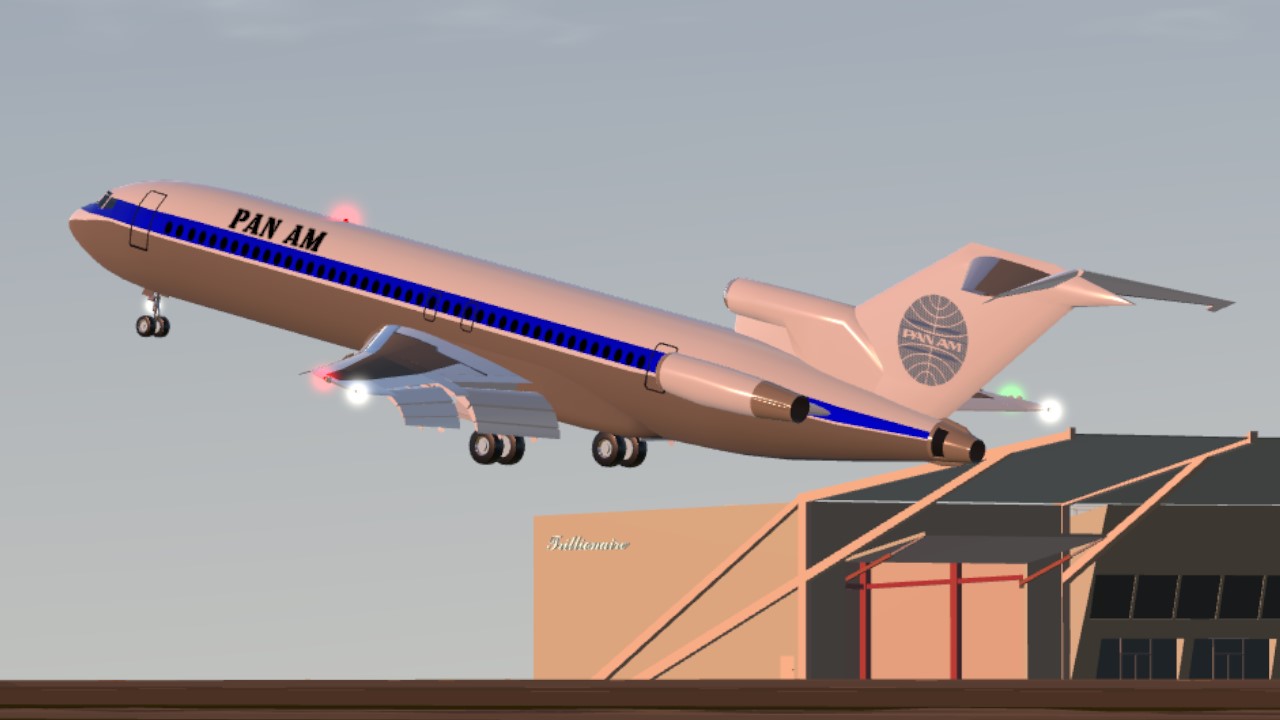
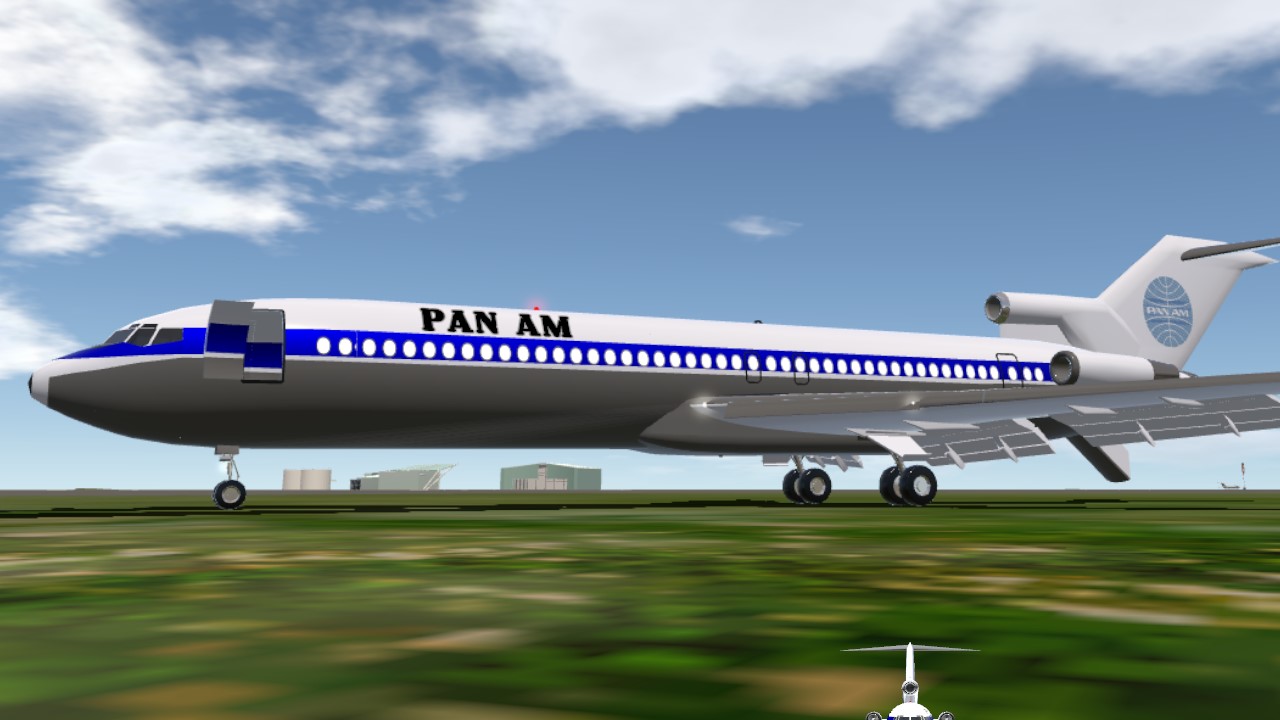
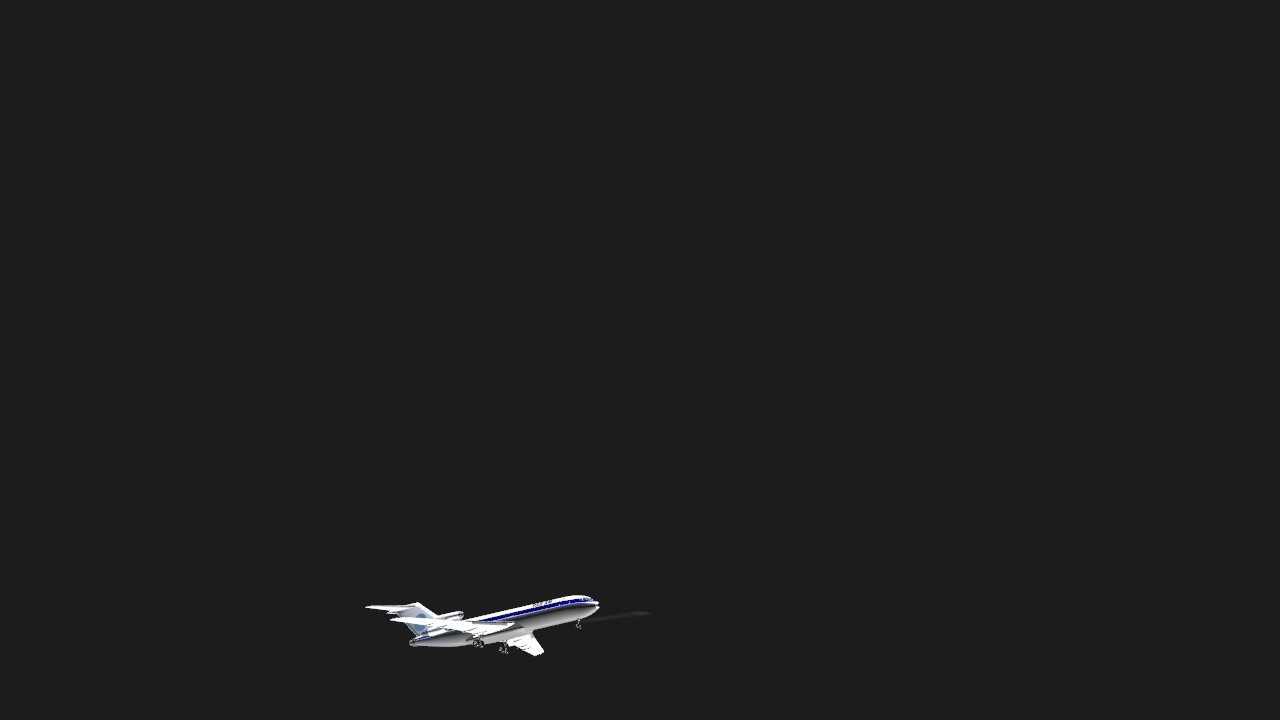
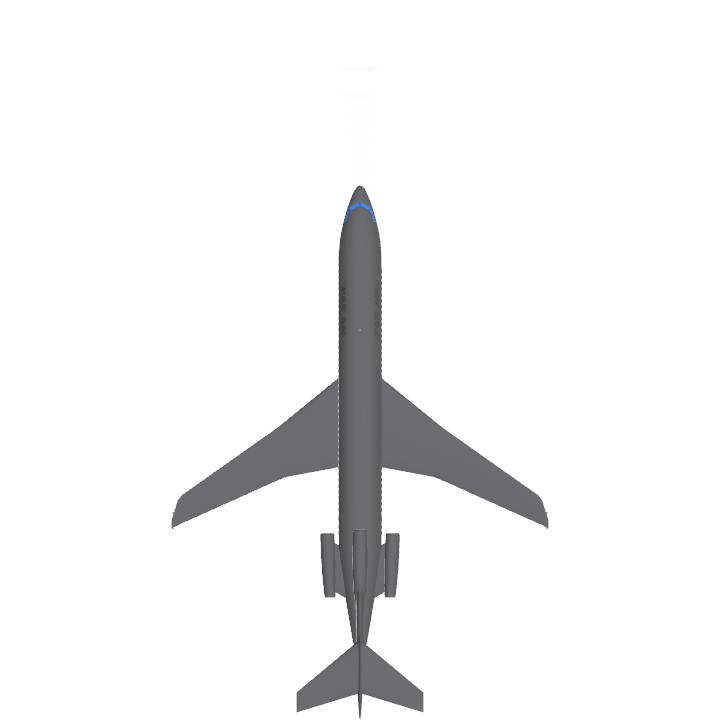
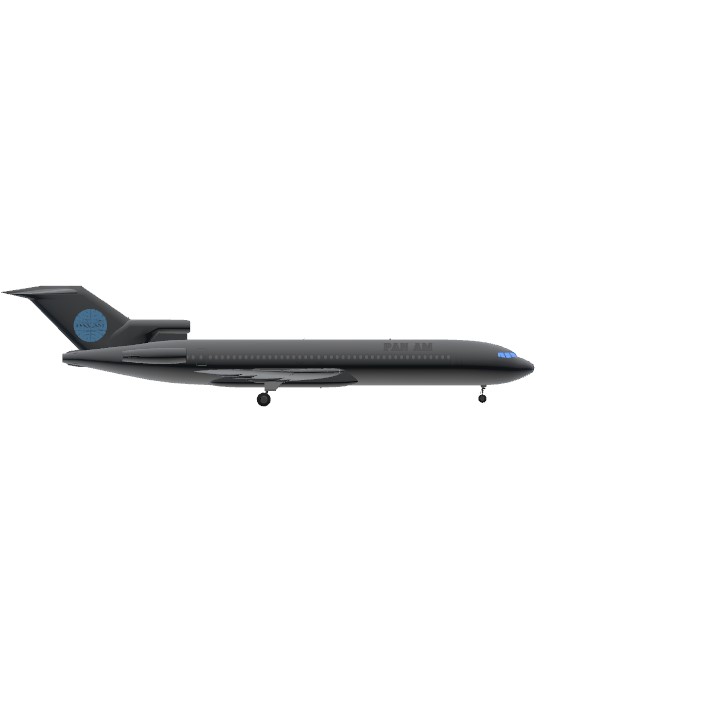
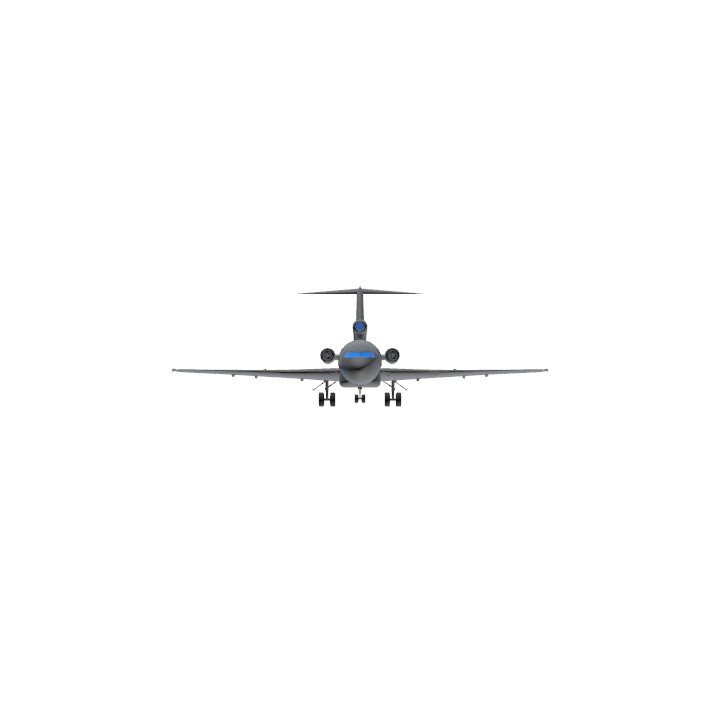
What do you input in the text image generator to get the correct image?
Damm it,is so good
GOOD
-_-, nah bro , high part...
Publishing.....